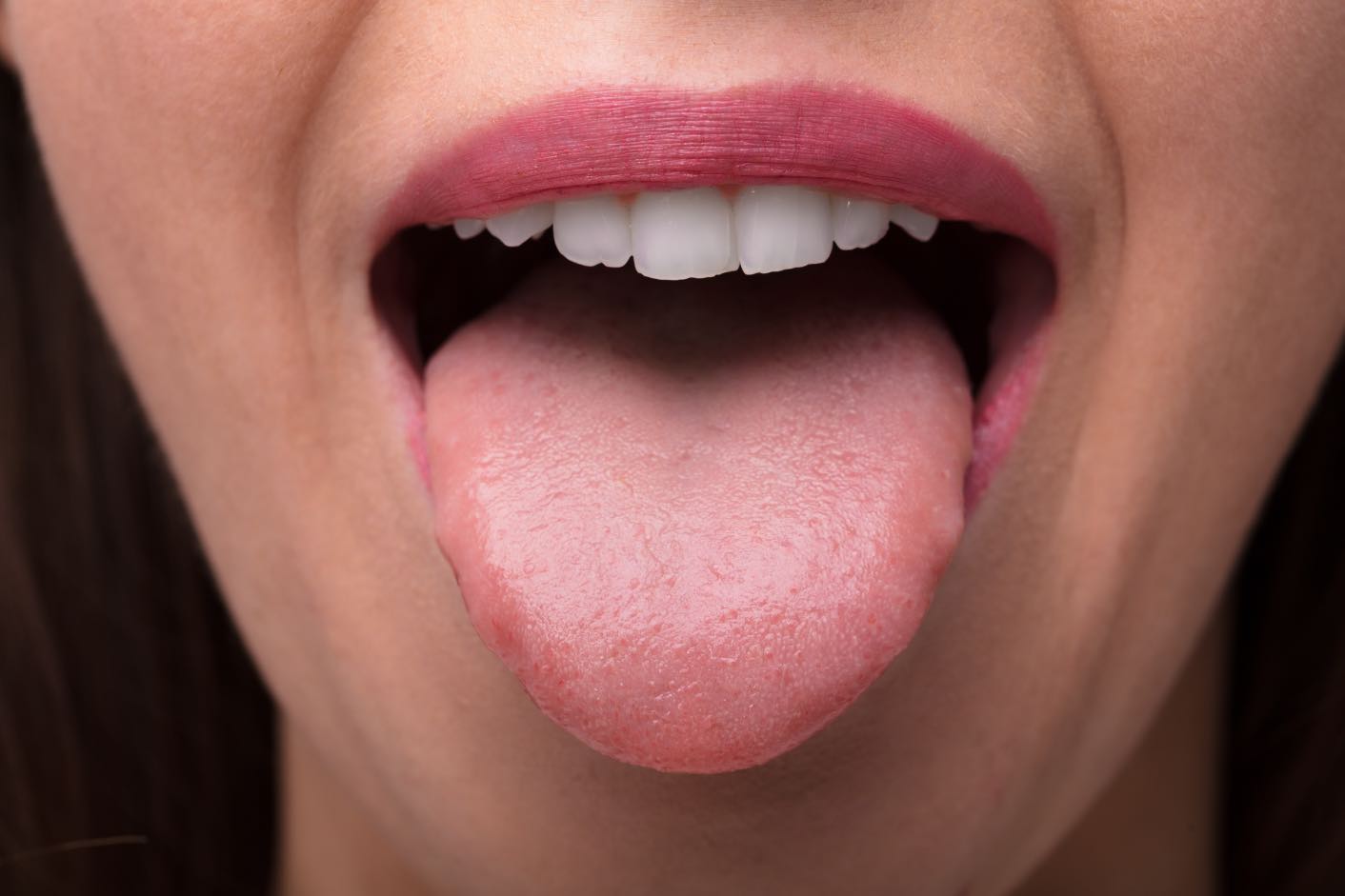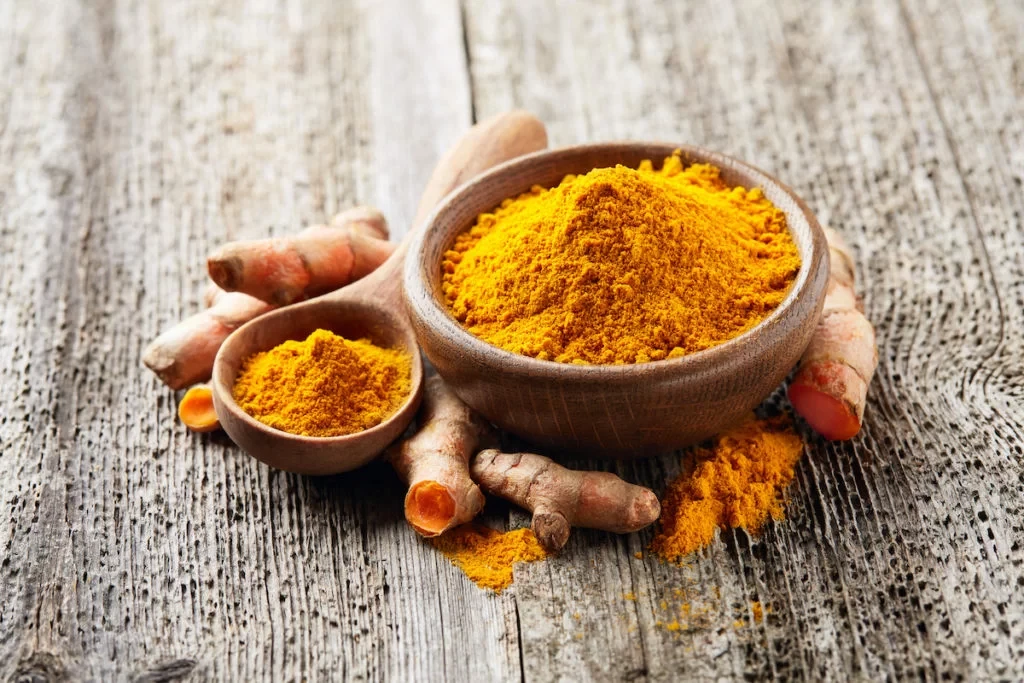How Ayurvedic Tongue Scraping Can Benefit You

In this Article
Share
Tongue scraping (called jihwa nirlekhana in Sanskrit) has been practiced in India for centuries. This is due to its positive impacts on oral hygiene and overall health. As a result, Ayurveda recommends that tongue scraping is a daily routine.
Health Benefits of Tongue Scraping
Because your tongue is the first organ in your digestive system, it plays a critical role in maintaining good health. Therefore, there are extensive benefits linked to daily tongue scraping routines:
Improve oral hygiene by removing debris:
This build up is a contributing factor to tooth decay and gum disease. So even though tongue scraping doesn’t technically target your teeth, it can help with all aspects of oral health.
Remove bacteria that causes bad breath:
Food and bacteria can settle into the deep crevices on your tongue. These are places where your toothbrush can’t necessarily reach on its own. Over time, this debris can build up and cause halitosis.
Enhance your taste buds:
When you remove this build up, you can improve your taste perception. This helps you fully experience your food, reducing the need for additional oils or heavy flavors.
Boost your immune system:
Tongue scraping helps you prevent harmful pathogens from entering your body. Ayurveda teaches us that the reabsorption of these types of waste can lead to digestive or respiratory issues.
Regulate overall digestive health:
Your tongue is a direct reflection of your body’s internal health. By maintaining a daily tongue scraping routine, you can help regulate saliva production – the first step in digestion.
Buying A Tongue Scraper
It’s important to use a tool specifically designed for tongue scraping. Many people use the back of their toothbrush to remove debris from their tongue.
However, this is not nearly as effective as a U-shaped tongue scraper. The shape of the U allows it to dislodge and remove debris, rather than just move it around inside your mouth.
When you’re choosing your tongue scraper, make sure you choose a size that comfortably fits the size of your tongue. It should also have comfortable places to grip so that you can maintain control while using it.
While there are plastic tongue scrapers available, they’re not recommended by Ayurveda. Instead, metal tongue scrapers are highly encouraged. These metal options are durable and easy to clean, while also helping to balance the doshas.
You can choose your tongue scraper based on your dosha. Gold is recommended for Vata, silver for Pitta, and copper for Kapha. Overall, copper tongue scrapers are most often recommended because this metal naturally has antiviral and antibacterial properties. This makes it a good fit for people with any Prakriti.
After each use, you should rinse your tongue scraper with hot water. Once a week, sanitize it with alcohol. If you have a metal tongue scraper, rub it with lemon and salt to remove tarnish as needed. No matter what scraper you have, it should be replaced every 3-4 months.
Building a Tongue Scraping Routine
When we sleep, our digestive system focuses on detoxification. Much of this metabolic waste ends up on the surface of our tongue and is visible in the mornings. This means that the morning time – before eating or drinking – is the best time for tongue scraping!
Once you’re used to it, tongue scraping will only take a few minutes of your morning. As you’re adopting the routine, though, it’s important to make sure that you’re including every step:
- Brush your teeth and rinse out your mouth.
- Hold the tongue scraper with both hands. Open your mouth and stick out your tongue.
- Place the curved part of the U-shaped scraper on the back of your tongue. Line up the center of the U with the center of your tongue.
- Pull the tongue scraper forward gently over the full surface of your tongue. Be sure to go all the way to the tip of your tongue.
- After you finish pulling the scraper along the length of your tongue, run it under hot water. This will rinse off any debris.
- Repeat this process 3-4 more times.
Once you’re finished, rinse your mouth out with warm water. Don’t forget to rinse your tongue scraper one final time, too, and then set it out to dry in a well-ventilated area. Now, you’re free to drink a glass of warm water and move to the next step in your routine: oil pulling.









